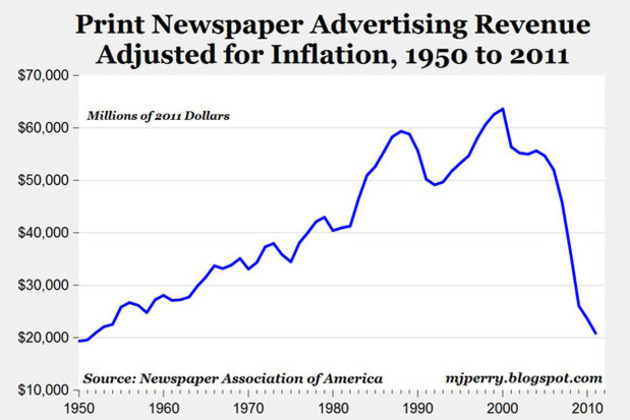
As any Scrabble — or Words with Friends — player will know, the points each letter is worth is related to how frequently each member of the alphabet is used in the english language. That frequency is what created "Alphabet Topography," a piece from Yale graduates Caspar Lam and YuJune Park of the Synoptic Office design studio. In the piece, each letter's relative height is determined by how often a letter is used. In an interview with Colossal, YuJune said they used the University of Cambridge Computer Laboratory's data of letter usage and that each letter has a height difference of 0.23 inches, with the most-frequently used letter reaching a peak of six inches. The laser-cut boards offer an intriguing look at the english language...




